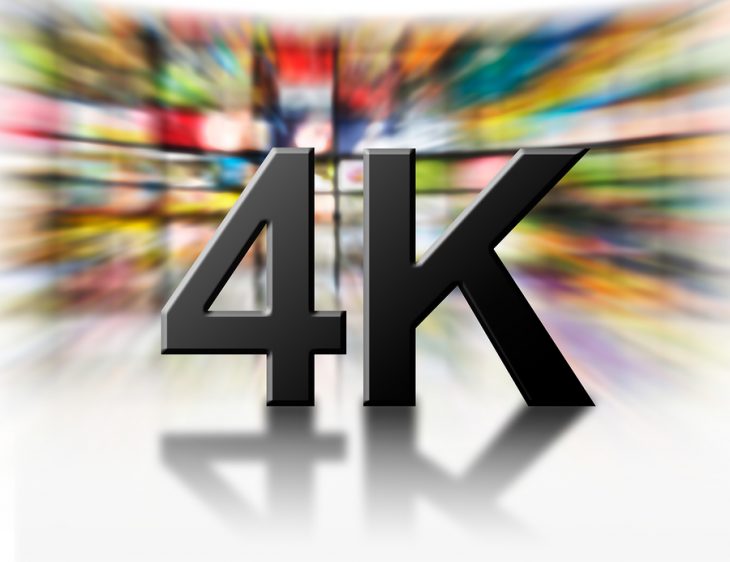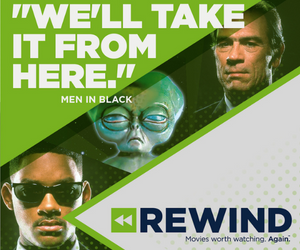
LAS VEGAS — In another sign that it still has plenty of maturing to do as a technology, 4K video took some steps both forward and backward at the NAB Show here last week.
On the positive side, numerous consumer electronics makers and related vendors unveiled new equipment and solutions for both 4K and its high dynamic range (HDR) cousin, filling the huge exhibit space with Ultra HD (UHD) screens and images. In one of the most prominent cases, Sony unveiled a line of new 4K and HDR products, covering everything from TV cameras to recorders to reference monitors to IP production systems.
Speaking at a press conference during the show, Deon LeCointe, senior manager of sports and IP solutions for Sony Electronics, sounded particularly enthused about how Sony’s 4K and HDR gear are being used not just by broadcasters and filmmakers, but by such unexpected customers as houses of worship.
“4K is gaining ground everywhere you would expect, but also not where you’d expect,” LeCointe said. For instance, he noted that the mega-sized Mosaic church in Los Angeles is now employing all of Sony’s 4K products, from cameras to IP solutions, enabling the type of high-quality live productions that one would expect from a TV network or movie studio. “They’re changing how 4K can redefine a group’s message,” he said.
On the negative side, DirecTV had to back off its widely heralded plans to start showing Major League Baseball (MLB) games in 4K during NAB. The leading U.S. satellite TV provider, which had earned kudos for its 4K coverage of The Masters golf tournament earlier this month, postponed its plans to broadcast its first two MLB games after it ran into problems with its initial scheduled broadcast on April 15. DirecTV cancelled that 4K airing of a matchup between the San Francisco Giants and the Los Angeles Dodgers due to a “technical issue” with a third party’s field production truck.
Chastened by that flop, DirecTV then cancelled plans to broadcast a St. Louis Cardinals-Chicago Cubs game in 4K on April 19. Instead, the AT&T division opted to run an internal test during that game "to ensure the delivery of the best possible 4K Ultra HD signal for future live broadcasts," the company said.
The two moves clearly represented a setback for DirecTV’s ambitious 4K initiative, which includes the recent launch of three channels dedicated to 4K and its announced plans to show 25 MLB games this season. In contrast, Rogers Communications' Sportsnet has already started showing all 81 Toronto Blue Jays home games in 4K this season.
DirecTV’s next slated 4K MLB broadcast is the April 29 matchup between the New York Yankees and the Boston Red Sox.
The Sony and DirecTV developments come as consumer surveys show that TV viewers are interested in the crisper, brighter pictures that the 4K and HDR technologies promise to offer. In a new survey released at NAB, 60% of Internet-connected TV owners said they’re interested in buying a 4K TV the next time around, and more than half said they want a set enabled with HDR. The survey, conducted by Frank N. Magid Associates, involved more than 500 American smart TV owners.
“Consumers clearly show a desire to take full advantage of the capability of 4K Ultra HDTV combined with HDR displays, including the amazing audio capabilities that the new broadcast standard will make possible,” said Robert Crawford, senior vice president. “Our research shows that more than two-thirds of those surveyed believe the new standard will result in a better viewing experience because of bigger and better pictures, more free channels, better audio quality, and enhanced interactivity.”
The survey also indicated even stronger consumer interest in the next-gen digital TV standard developed by broadcast engineers. Some 70% of Internet-connected TV owners expressed enthusiasm for the new standard, known as ATSC 3.0 (for Advanced Television Systems Committee), which would allow TV stations to deliver UHD and HDR signals, offer a hybrid broadband and linear TV experience, send VOD content and more. Broadcasters are now heavily lobbying the Federal Communications Commission (FCC) for approval to start deploying the technology on a market-by-market basis.
The survey results came out the same day that the National Association of Broadcasters’ (NAB) R&D arm, Pilot, revealed plans to demonstrate a prototype ATSC 3.0 receiver and gateway using the proposed standard’s “interactive environment” feature. This feature allows broadcasters to deliver customized viewer experiences over the air.
With the prototype, Fox Sports intends to show off interactive, multi-view programming, while Akamai will deliver VOD content. There will also be a dedicated NHL channel featuring targeted advertising.




